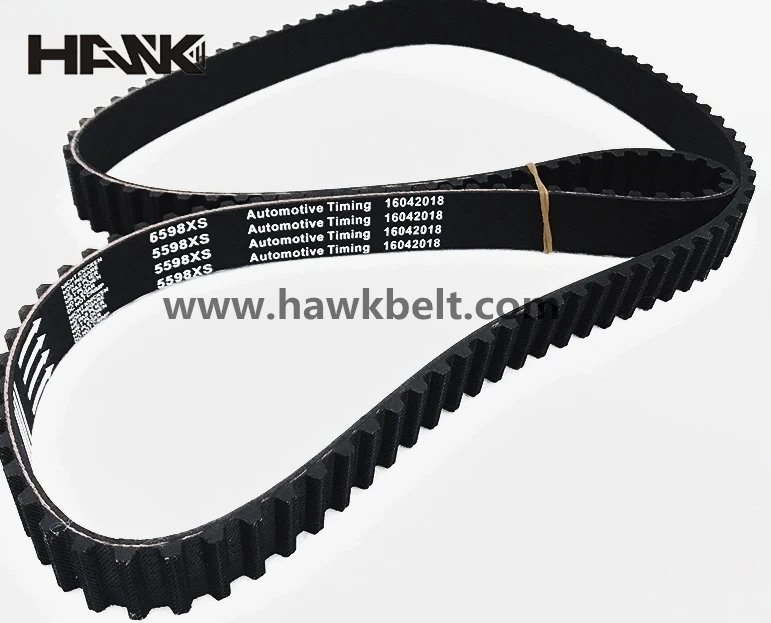- Arabic
- French
- Russian
- Spanish
- Portuguese
- Turkish
- Armenian
- English
- Albanian
- Amharic
- Azerbaijani
- Basque
- Belarusian
- Bengali
- Bosnian
- Bulgarian
- Catalan
- Cebuano
- Corsican
- Croatian
- Czech
- Danish
- Dutch
- Afrikaans
- Esperanto
- Estonian
- Finnish
- Frisian
- Galician
- Georgian
- German
- Greek
- Gujarati
- Haitian Creole
- hausa
- hawaiian
- Hebrew
- Hindi
- Miao
- Hungarian
- Icelandic
- igbo
- Indonesian
- irish
- Italian
- Japanese
- Javanese
- Kannada
- kazakh
- Khmer
- Rwandese
- Korean
- Kurdish
- Kyrgyz
- Lao
- Latin
- Latvian
- Lithuanian
- Luxembourgish
- Macedonian
- Malgashi
- Malay
- Malayalam
- Maltese
- Maori
- Marathi
- Mongolian
- Myanmar
- Nepali
- Norwegian
- Norwegian
- Occitan
- Pashto
- Persian
- Polish
- Punjabi
- Romanian
- Samoan
- Scottish Gaelic
- Serbian
- Sesotho
- Shona
- Sindhi
- Sinhala
- Slovak
- Slovenian
- Somali
- Sundanese
- Swahili
- Swedish
- Tagalog
- Tajik
- Tamil
- Tatar
- Telugu
- Thai
- Turkmen
- Ukrainian
- Urdu
- Uighur
- Uzbek
- Vietnamese
- Welsh
- Bantu
- Yiddish
- Yoruba
- Zulu
დეკ . 03, 2024 22:18 Back to list
Understanding the Importance of Your Car's Engine Timing Belt Replacement and Maintenance
Understanding Car Engine Timing Belts
A car’s engine is a complex assembly of components that work together to ensure optimal performance and efficiency. Among these components, the timing belt plays a crucial role. This article will explore what a timing belt is, its function, the signs of wear, and the importance of timely replacement.
What is a Timing Belt?
The timing belt is a reinforced rubber belt that connects the crankshaft and the camshaft in an internal combustion engine. Its primary function is to synchronize the rotation of these two vital components. The camshaft controls the opening and closing of the engine’s valves, while the crankshaft converts the linear motion of the pistons into rotational motion. By keeping these parts in precise alignment, the timing belt ensures that the engine runs smoothly and efficiently.
Function of the Timing Belt
One of the key roles of the timing belt is to maintain the correct timing between the crankshaft and camshaft. If the timing is off, it can lead to poor engine performance, increased emissions, and even catastrophic engine failure. The timing belt operates with a specific tension to ensure that there is no slippage between the gears it drives. It often has teeth on its inner surface to grip the gears, providing precise control over the timing of the engine’s cycles.
Signs of Wear and Tear
Timing belts typically have a lifespan of around 60,000 to 100,000 miles, depending on the make and model of the vehicle. However, they are subject to wear and tear, and several signs can indicate that a timing belt needs to be replaced.
1. Squeaking or Ticking Noises If you hear unusual sounds coming from the engine, it could be a sign that the timing belt is loose or has worn out.
car engine timing belt

2. Oil Leaks A significant oil leak near the timing belt area can indicate that the seals or gaskets are worn and may need replacement.
3. Engine Misfires If your engine is misfiring or running roughly, it may be due to a timing belt that has slipped or is out of sync.
4. Check Engine Light An illuminated check engine light can signal various issues, including timing belt problems. It’s essential to have the vehicle diagnosed as soon as possible.
5. Age and Mileage Even if there are no visible signs of wear, it’s crucial to follow the manufacturer's recommendations for replacement, which can often be found in the owner’s manual.
Importance of Timely Replacement
Failing to replace a worn timing belt can lead to severe engine damage. If the belt snaps while driving, it can cause the pistons to collide with the valves, which can lead to bent valves, damaged pistons, or a complete engine failure. This type of damage can be incredibly costly to repair, often exceeding the price of a timing belt replacement.
To avoid such problems, drivers should have the timing belt inspected regularly and replaced according to the manufacturer’s recommendations. Regular maintenance not only increases the longevity of the vehicle but also ensures safety on the road.
Conclusion
The timing belt is a vital component of a car’s engine, ensuring that everything runs in harmony. Understanding its function, being aware of the signs of wear, and adhering to a replacement schedule are crucial steps in vehicle maintenance. By keeping an eye on the timing belt, drivers can prevent catastrophic engine failures and enjoy a safer driving experience. Remember, proactive maintenance is always better than costly repairs down the road.
-
Korean Auto Parts Timing Belt 24312-37500 For Hyundai/Kia
NewsMar.07,2025
-
7PK2300 90916-T2024 RIBBED BELT POLY V BELT PK BELT
NewsMar.07,2025
-
Chinese Auto Belt Factory 310-2M-22 For BMW/Mercedes-Benz
NewsMar.07,2025
-
Chinese Auto Belt Factory 310-2M-22 For BMW/Mercedes-Benz
NewsMar.07,2025
-
90916-02660 PK Belt 6PK1680 For Toyota
NewsMar.07,2025
-
drive belt serpentine belt
NewsMar.07,2025

